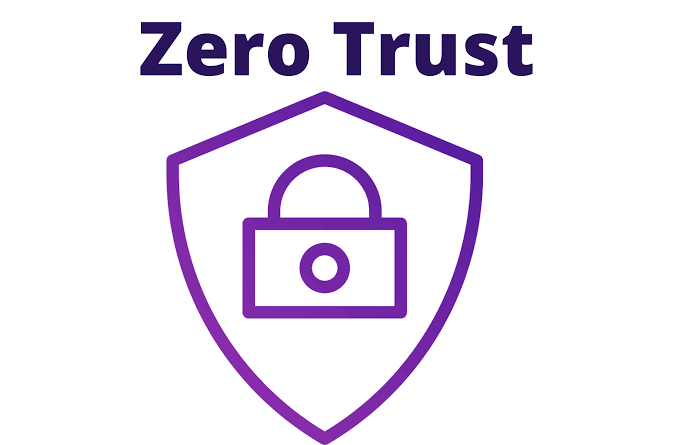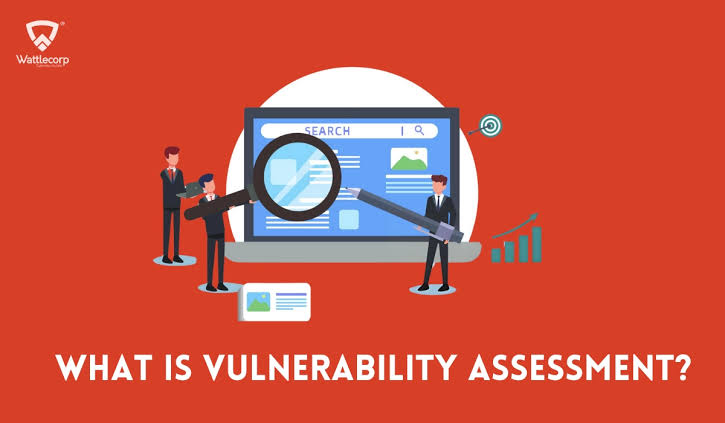1. Introduction
In July 2024, WazirX, one of India’s leading cryptocurrency exchanges, suffered a significant cyberattack resulting in the theft of approximately $230 million worth of digital assets. This breach has highlighted major concerns about the security practices of cryptocurrency exchanges globally. The attack has spurred discussions about how crypto exchanges handle user funds and the vulnerabilities that exist in the industry, particularly in a rapidly evolving regulatory environment.
2. The Attack: How It Happened
2.1 Exploiting Multi-Signature Wallet Vulnerabilities
WazirX had adopted a multi-signature (multi-sig) wallet setup for storing its cryptocurrencies. Multi-sig wallets require multiple private keys to authorize transactions, adding an extra layer of security. However, the attackers took advantage of vulnerabilities within the wallet’s design. They were able to manipulate the system by compromising the multi-sig authentication process, which included keys controlled by both WazirX and a third-party custodian. This allowed them to gain unauthorized access and transfer the funds.
2.2 Use of Smart Contracts in the Hack
To facilitate the transfer of stolen funds, the attackers deployed a smart contract. Smart contracts are blockchain-based programs that execute transactions when certain conditions are met. In this case, the attackers manipulated the smart contract to override security measures and siphon off funds from WazirX’s wallet into their own. This tactic allowed the breach to proceed undetected for a period, showcasing the sophistication of the attack.
2.3 Laundering the Stolen Funds
Once the attackers gained control of the assets, they converted a variety of cryptocurrencies into Ethereum (ETH), a highly liquid asset, to obscure the trail. The stolen ETH was moved through multiple wallets and decentralized exchanges. By using privacy-enhancing services like Tornado Cash, the attackers anonymized the transactions, making it difficult for authorities to trace the funds across the blockchain.
3. Immediate Response from WazirX
3.1 Halting Withdrawals and Reporting to Authorities
In the wake of the attack, WazirX took immediate action by freezing all cryptocurrency and fiat (INR) withdrawals to prevent further unauthorized transactions. The company quickly reported the incident to Indian authorities, including the Financial Intelligence Unit (FIU-India) and CERT-IN (Indian Computer Emergency Response Team). They also launched an internal investigation to assess the extent of the breach and recover the stolen funds.
3.2 Collaboration with Other Exchanges
Recognizing the cross-border nature of cryptocurrency transactions, WazirX reached out to over 500 global cryptocurrency exchanges. These exchanges were urged to block any transactions involving wallets linked to the stolen funds. Some exchanges complied, freezing assets linked to the hack, while others faced challenges due to the decentralized nature of certain platforms and the use of privacy tools by the attackers.
3.3 Blockchain Forensics and Recovery Efforts
WazirX enlisted blockchain forensic experts to trace the stolen funds. These experts followed the transactions across multiple blockchain networks and identified wallets involved in the theft. Despite these efforts, some of the stolen funds remain unrecovered, as the attackers had used sophisticated techniques to obfuscate their movements across different platforms.
4. Regulatory and Legal Implications
4.1 Force Majeure and Legal Defense
Following the breach, WazirX classified the hack as a “force majeure” event, which refers to unforeseeable circumstances that prevent the fulfillment of obligations. However, legal experts have debated this classification, as it raises questions about the adequacy of WazirX’s security measures. Some critics argue that the breach could have been prevented had WazirX implemented stronger protections and auditing practices.
4.2 Calls for Stricter Regulations
The WazirX hack has highlighted the need for clearer and more stringent regulations in the cryptocurrency industry, particularly regarding security protocols. While countries like the United States and the European Union have begun to implement frameworks for cryptocurrency regulation, India’s regulatory stance has been less clear. This lack of regulation leaves exchanges like WazirX vulnerable to similar attacks, and calls for stronger oversight are growing.
5. Broader Implications for the Crypto Industry
5.1 Erosion of Trust in Crypto Exchanges
The WazirX hack has significantly impacted consumer trust in cryptocurrency exchanges, especially among retail investors. Many users were left anxious about the safety of their digital assets, given that a leading exchange could be breached in such a manner. This erosion of trust could deter new users from entering the cryptocurrency market and lead to reduced trading volumes on affected platforms.
5.2 Market Reactions and Price Volatility
The hack also had a ripple effect on cryptocurrency markets. Certain altcoins, including Shiba Inu (SHIB), saw significant price drops shortly after the breach was made public. This incident serves as a reminder of the volatility inherent in the cryptocurrency market, where news of security breaches can lead to swift and significant changes in asset values.
6. Lessons and Preventive Measures
6.1 Strengthening Security Protocols
One of the key lessons from the WazirX hack is the need for improved security practices within the cryptocurrency exchange industry. While multi-signature wallets offer enhanced protection, they must be implemented with strict safeguards. One potential solution is the distribution of keys across multiple, geographically separate entities to ensure no single point of failure.
6.2 Real-Time Monitoring and Anomaly Detection
To prevent similar attacks in the future, exchanges must invest in advanced real-time monitoring systems. These systems should use machine learning and AI to detect unusual transactions or behavior on the platform. By monitoring transactions as they occur, exchanges can respond swiftly to suspicious activities and mitigate the potential impact of a breach.
6.3 Regulatory Clarity and Industry Standards
The hack has underscored the necessity for a standardized regulatory framework in the crypto industry. Governments and financial regulators should implement clear guidelines on security measures, audit requirements, and incident reporting protocols. These regulations would help ensure that exchanges are held accountable and that user funds are better protected against cyber threats.
7. Conclusion: Moving Forward
The WazirX hack is a stark reminder of the vulnerabilities in the cryptocurrency ecosystem. As the industry grows, so too does the sophistication of the attacks targeting these platforms. However, the breach also provides an opportunity for the cryptocurrency sector to evolve. By implementing stricter security protocols, collaborating with regulators, and adopting proactive monitoring systems, exchanges can mitigate the risks and restore consumer confidence. The WazirX breach highlights the importance of security in building a more sustainable and trusted crypto ecosystem.







